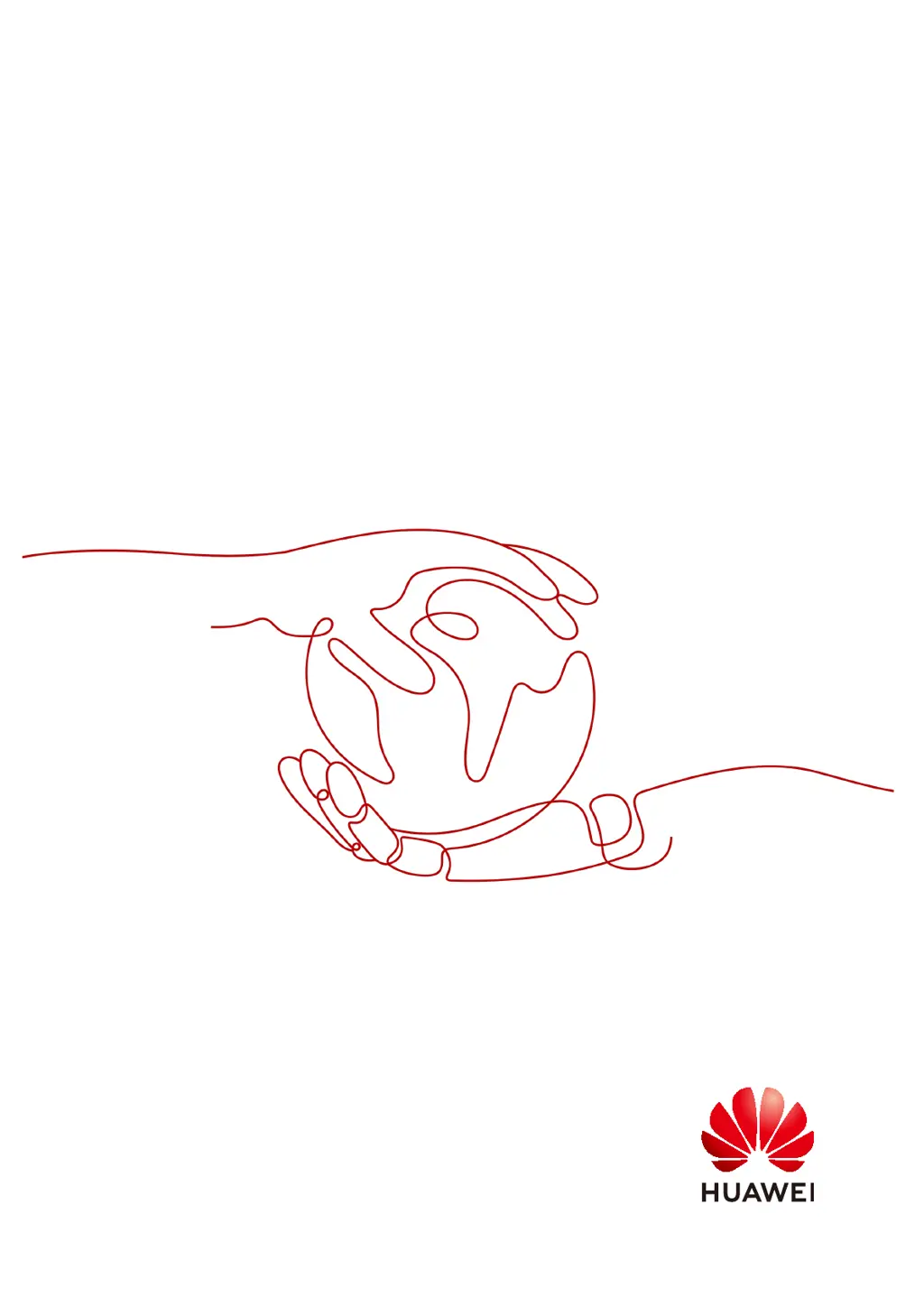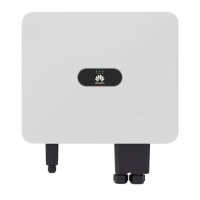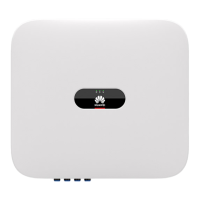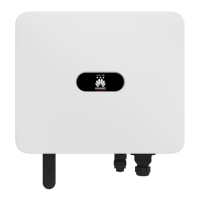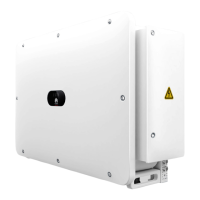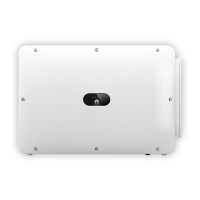What causes String Reverse Connection on Huawei SUN2000-12KTL-M2 Inverter?
- CCatherine SmithSep 12, 2025
If your Huawei Inverter reports a 'String Reverse Connection' error, it means the PV string polarity is reversed. To correct this, check if the PV string is reversely connected to the SUN2000. If it is, wait until the PV string current decreases below 0.5 A, set the DC SWITCH to OFF, and then adjust the PV string polarity.

